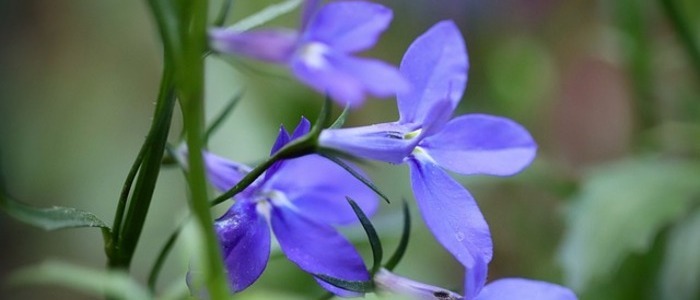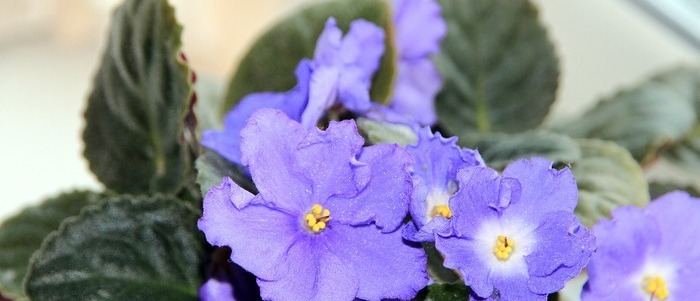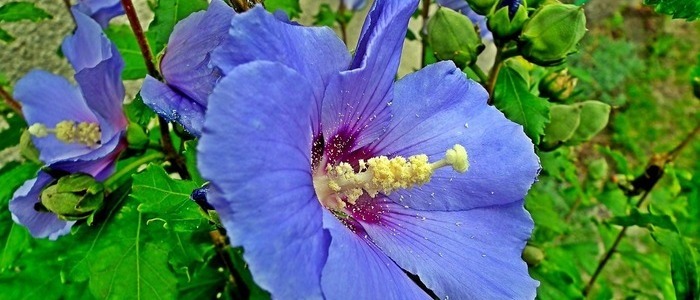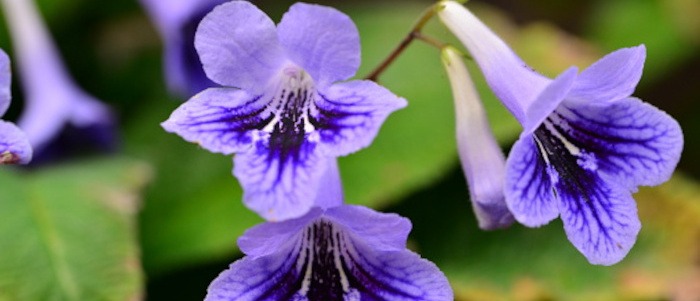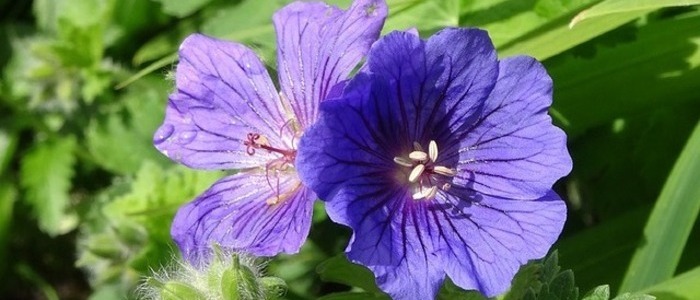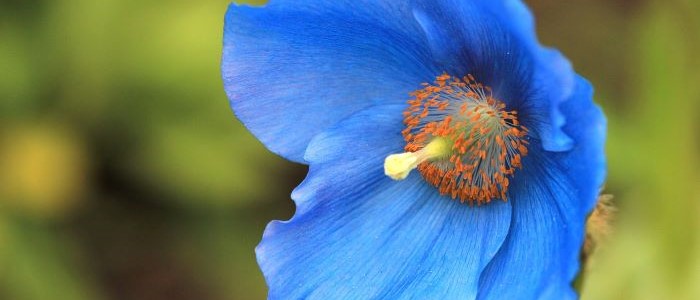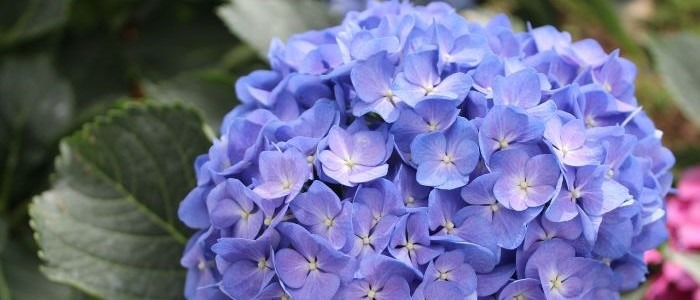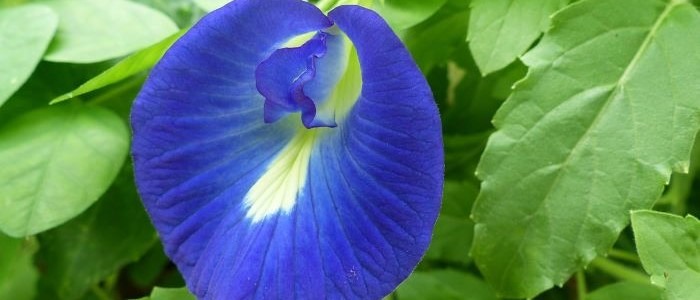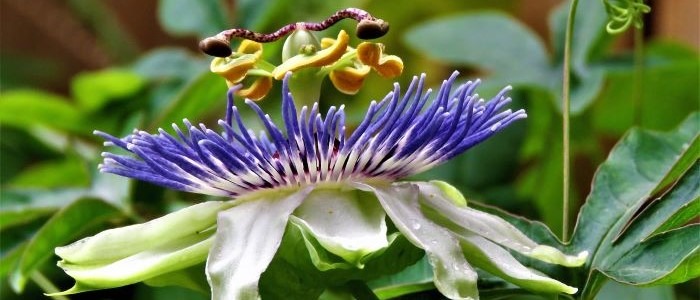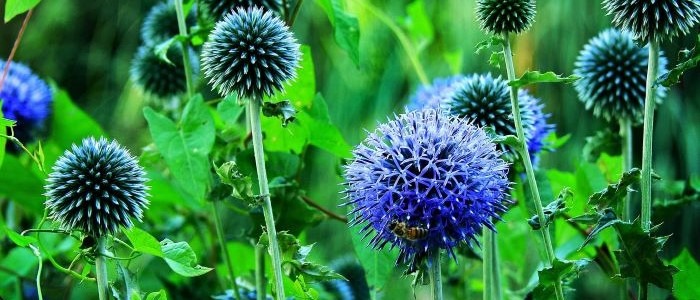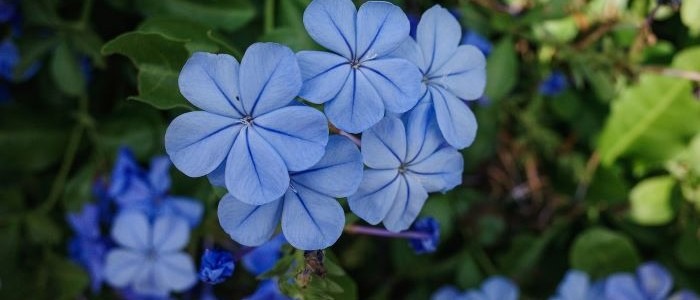Blue hostas plants have become increasingly popular as houseplants in recent years. With their stunning blue-green foliage and elegant, trumpet-shaped flowers, they add a touch of sophistication and tranquility to any indoor space. Not only do blue hostas thrive in low-light conditions, making them perfect for those with limited natural sunlight, but they are also relatively low-maintenance, requiring only regular watering and occasional fertilization.
Whether displayed in a hanging basket or as a centerpiece on a coffee table, blue hostas are sure to captivate and enchant all who behold them.
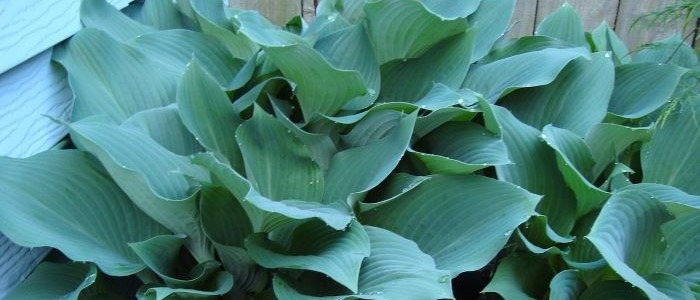
Blue Hostas Plants Frequently Asked Questions
Is blue Hostas an indoor or outdoor plant?
Blue hostas are primarily outdoor plants. They thrive in shaded areas of the garden and are known for their beautiful blue-green foliage. While they can tolerate some sun, they prefer the cool and moist conditions found in outdoor gardens. However, if you have a well-lit indoor space with similar conditions, you may be able to successfully grow blue hostas indoors as well.
How often should I water my blue hostas plant?
Blue hostas plants should be watered consistently to keep the soil moist but not waterlogged. Generally, they should be watered once or twice a week, depending on the climate and soil conditions. It is important to monitor the moisture level of the soil and adjust the watering schedule accordingly. Overwatering can lead to root rot, so it's advisable to allow the soil to dry out slightly between waterings.
Choosing the Right Potting Soil for Blue Hostas Plants
Choosing the right potting soil for your Blue Hostas Plants is an important decision that will have a significant impact on its health and success. With the right potting soil, you can ensure that your indoor plant will thrive for many years to come.
When selecting a potting mix, look for one that is well-aerated and drains quickly, as this ensures adequate oxygen flow and allows excess water to drain away from the roots of the plant. Make sure to use a potting mix specifically designed for indoor plants, such as those containing perlite, worm castings, or peat moss.
These ingredients help to create a loose structure which improves aeration and drainage while also providing essential nutrients for growth.
If you are unable to find a suitable potting mix at your local garden center or online store, you can make your own by combining one part garden soil, one part vermiculite, and one part compost.
However, it is important to avoid using garden soil from outside as it may contain pest or disease organisms that could harm your plant. Instead opt for high-quality organic matter when making your own potting mix at home.
Once you’ve chosen the appropriate potting soil for your Blue Hostas Plants, you can start planting with confidence knowing that all the necessary conditions are in place for optimal growth indoors!
Providing Optimal Lighting Conditions for your Blue Hostas Plant
Providing optimal lighting conditions is essential for a healthy Blue Hostas Plants. The best place to put the plant is near a window which has direct access to sunlight, as this will provide the most natural and balanced light for your plant. However, be sure to rotate the pot often so that all sides of the plant get equal amounts of sun.
Too much exposure to direct sunlight during the hottest part of the day can cause burns on the leaves, so make sure you are mindful of when you place it in direct sunlight if necessary.
When natural sunlight isn’t available, you can use artificial light sources such as fluorescent lights or LED grow lights. Place these lights about a foot away from your plant and turn them on for 12-16 hours each day. This will give your Blue Hostas Plant an adequate amount of light and help it thrive indoors.
It’s important to remember that too little light can stunt growth and cause yellowing or other discoloration in foliage, while too much light can cause burning or fading of leaves – both of which can be detrimental to your plant’s health. Make sure you monitor your Blue Hostas Plant carefully and adjust lighting conditions accordingly for optimal results.
Watering and Fertilizing your Blue Hostas Plant
Watering and fertilizing your Blue Hostas Plant are essential elements of successful indoor gardening. The right balance of water and fertilizer will ensure that the plant remains healthy, vibrant, and growing.
When watering your Blue Hostas Plants indoors, it is important to use lukewarm water — neither too hot nor too cold. Watering should be done with caution, as over-watering can lead to root rot. You should only water until you see excess draining from the pot, allowing the soil to dry between watering sessions.
In terms of fertilizing, a balanced or low nitrogen fertilizer is best for the Blue Hostas Plants. It is recommended that you fertilize once per month during the active growing season — usually from spring through fall — but not in winter when the plant goes dormant. High amounts of phosphorus and potassium should be avoided as these can cause leaf burn in the plant.
It’s also worth noting that while most indoor plants benefit from a humid environment, this isn’t necessarily true of all plants – including the Blue Hostas Plant. While it does prefer moderate humidity levels, excessive moisture can create an environment which is conducive to fungal infections such as powdery mildew or rust spots on leaves; so try not to overdo it with misting!
By following these simple tips for watering and fertilizing your Blue Hostas Plants indoors, you can rest assured that your beloved plant will stay healthy and thriving throughout its lifetime!
Pruning and Repotting your Blue Hostas Plants
Pruning and repotting a Blue Hostas Plants can be a daunting task, but with the right knowledge and care, it can be done with ease. When selecting a new pot for your plant, choose one that is two to four inches larger than its current pot. This will allow the roots to spread out without becoming root-bound.
For optimal growth, use quality soil specifically designed for indoor plants such as perlite or vermiculite mixed with organic matter like compost or worm castings. Additionally, be sure to fertilize your plant regularly during the growing season using balanced or low nitrogen fertilizer.
Once a year, prune your Blue Hostas Plants to promote healthy growth and shape. It’s important to make sure you are only trimming away dead leaves and stems from the plant – too much pruning could stress it out. If needed, you can also trim back any overgrowth that has become too large or unruly. Lastly, if any dead leaves remain on the plant after pruning, remove them immediately so they don’t cause rot in other areas of the plant.
When caring for your Blue Hostas Plants indoors, proper pruning and repotting are essential elements of keeping it healthy and vibrant. With this comprehensive guide on how to properly prune and repot your Blue Hostas Plant indoors, readers can confidently take steps towards successful growth with ease!
.
Common Problems and Solutions for Caring for Your Blue Hostas Plant
Wilting, yellowing, and curling of leaves are common issues associated with caring for a Blue Hostas Plant indoors. Wilting is caused by too little water or a lack of humidity. Yellowing can occur when the plant is receiving too much or too little light, or it could be an indication of an underlying nutrient deficiency. Curling of the leaves can be caused by pests, improper watering practices, or even extreme temperatures.
The key to diagnosing these problems is to observe the plant closely and make sure all care requirements are being met according to its individual needs. For example, if there’s excessive wilting despite regular watering, increasing humidity levels may help alleviate the issue. If the leaves start turning yellow despite adequate sunlight exposure, this could indicate a nutrient deficiency which should be addressed as soon as possible.
It’s also important to regularly inspect your plants for any signs of pests – such as aphids or mealybugs – which can cause leaf curling and other types of damage. To prevent such problems from occurring in the first place, you should avoid overcrowding your plants and make sure they’re not exposed to extreme temperatures.
If your Blue Hostas Plant is exhibiting wilting, yellowing, or curling due to one of these causes but you’re unable to find a solution on your own then it may be best to seek professional advice from an expert in indoor gardening. They will be able to provide you with personalized advice on how best to care for your specific plant based on its individual needs and environmental factors.
Overall, common issues associated with caring for a Blue Hostas Plant sindoors can usually be solved through proper observation and identification of symptoms followed by appropriate action including adjusting the environment or providing additional nutrients if necessary. By following these steps you can ensure that your Blue Hostas Plant remains healthy and thrives indoors!
Conclusion
Growing and caring for a Blue Hostas Plants indoors is not as difficult as it may first seem. With the right information, readers can now confidently create an optimal environment for their plant and troubleshoot any issues that arise. This blog post has provided readers with all the necessary information they need to successfully grow their Blue Hostas Plants indoors.
From selecting the right potting soil, providing optimal lighting conditions, watering and fertilizing, pruning and repotting, to diagnosing common problems and solutions, this comprehensive guide has given readers all the tools they need to successfully care for their indoor plant.
We thank you for taking the time to read this blog post and hope that it has been useful in helping you take care of your Blue Hostas Plants indoors. If you would like to learn more about growing plants indoors or other topics related to gardening, we suggest researching other online resources such as forums or books on gardening techniques.
With the knowledge gained from this post as well as additional research, you should be able to confidently grow a beautiful Blue Hostas Plants in no time!
Other Blue House Plants
